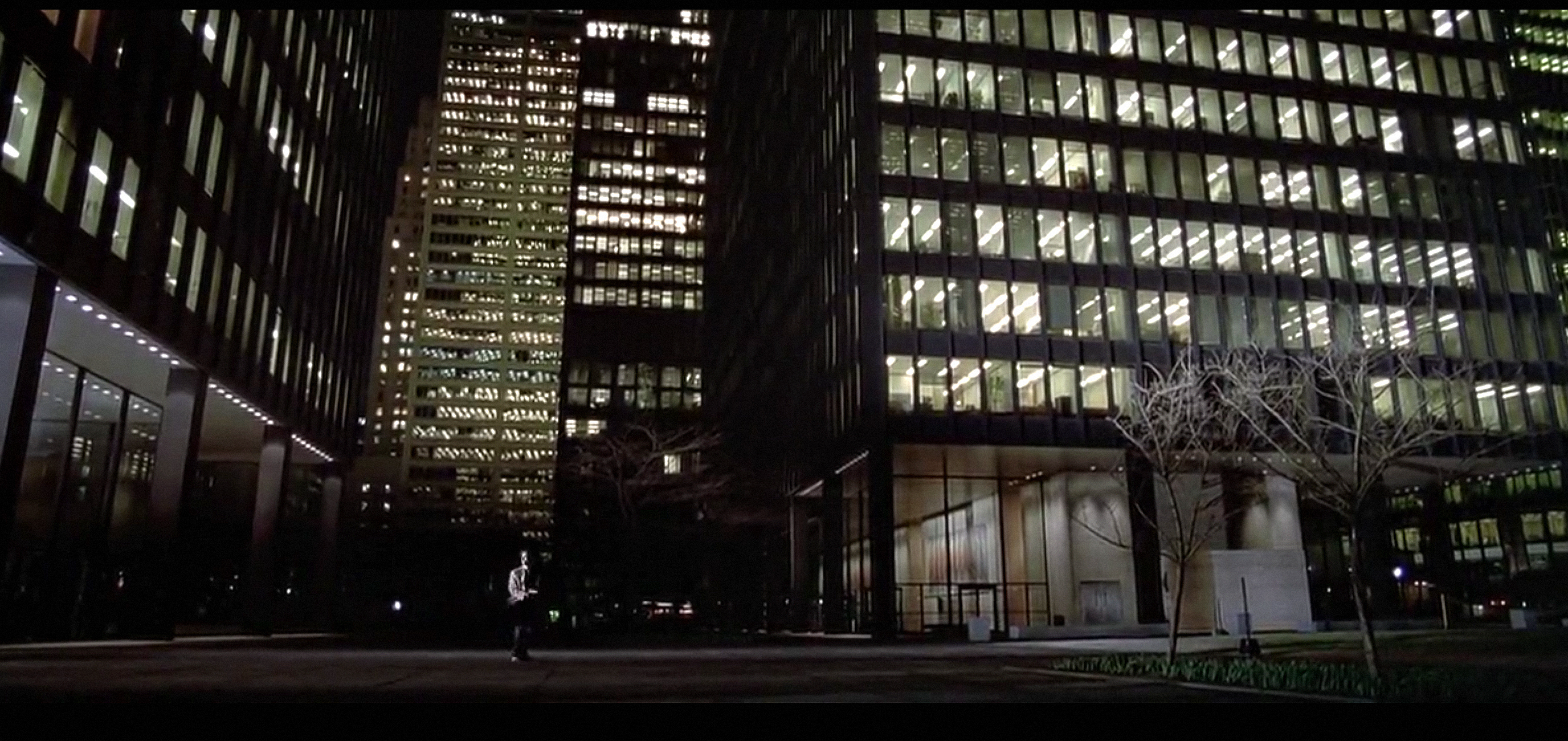Notes
1
See Mary Harron video interview on Impostor Cities, ➝.
2
For an overview of the locations used in filming, see Sean Clark, “Horror’s Hallowed Grounds: American Psycho,” Bloody Disgusting, October 6, 2010, ➝.
3
Mary Harron discusses the scene in Mekado Murphy, “Anatomy of a Scene | ‘American Psycho,’” New York Times, Mekado June 2, 2016, ➝.
4
“Noteworthy,” The Globe and Mail, 19 February 1999, A1.
5
Leah McLaren, “American Psycho under siege: Film about serial killer won’t be ghastly, director says,” The Globe and Mail, 19 February 1999, D1.
© 2022 e-flux and the author
